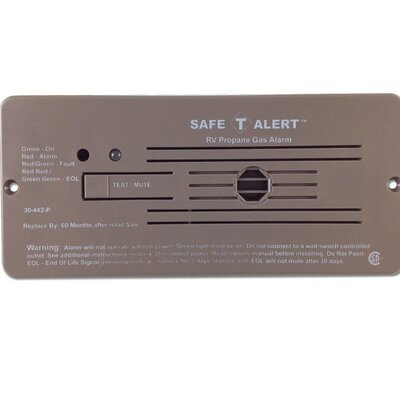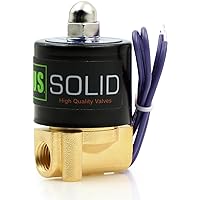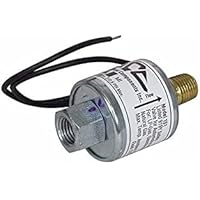If you just turned the propane on after a long time with it off, first of all light the stove top in order to vent the air out of the lines. Use a butane lighter and hold it 1/2" or so from the burner as it will blow air for about a minute or so before the propane gets there. Once the stove top burner lights, let it burn for a couple of minutes, then shut it off and try the furnace. It still may take 3 or 4 attempts before all of the air is out of the lines and it will light. While you are about it, try the propane water heater as well. If the water heater lights and the furnace still doesn't even after 3 or 4 attempts, you may want to check the 12V supply as if the battery voltage drops below 11V or so the furnace blower will not run fast enough to move the combustion air needed and the furnace has a switch (called sail switch) that must close for the furnace to operate.



